Why it is not necessary to simplify the mechanics of movement in games, — Mark Brown, an indie developer and editor of the Pocket Gamer resource, told within the framework of the Game Maker’s Toolkit video cycle. With the author’s permission, we have prepared a text version of the material in Russian. We share.
Imagine: it’s 1996. You are playing Tomb Raider on PlayStation. It is necessary to jump from platform to platform.
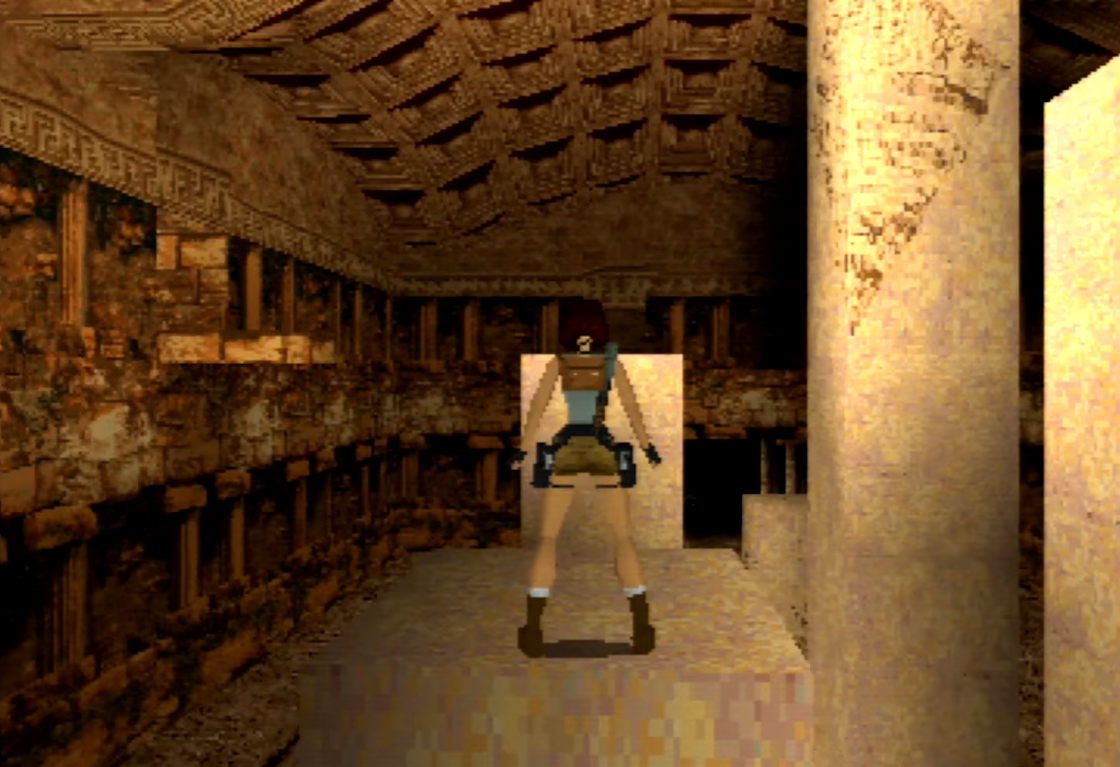
Tomb Raider (1996)
What will you do? First, stand flush with the edge. Then you will step back so that there is a place for a run-up. And then run forward and press the jump button in the middle of the platform — because you know that after that Lara will take exactly two more steps and jump. After that, while still in the air, you need to press another button to grab the edge of the platform. And you need to keep the button pressed so that Lara pulls herself up and climbs up.
In later games with Lara, everything looks very different. She now starts from the spot and jumps as soon as you press the jump button — so she no longer needs to accelerate. The direction of the jump can be changed directly in the air, so it is no longer necessary to stand level with the edge. And it automatically clings to the edge of the platform after the jump — that is, there is no need to clamp a special button.
Someone will consider the old management option inconvenient and inefficient. And the more modern one, which Crystal Dynamics introduced in Tomb Raider: Legend with the relaunch of the series, is much more convenient and enjoyable.
And he will be right to a certain extent. In the first Tomb Raider, the motion control system was unrealistic due to its binding to the game space divided into blocks, and the game itself was the first, imperfect attempt to create something in 3D space.
However, I believe that when switching to a new simplified control system — such as in games like Raise of the Tomb Raider or Uncharted — something was also lost.

Tony Hawk’s Pro Skater 4
The previous control system required skill. You became a gamepad virtuoso, like in the same Tony Hawks, where at some point you already know on a subconscious level what to press to perform the trick. I had to act thoughtfully and decisively — I’m not afraid of this comparison, as in Dark Souls.
And as a result, jumping over a giant chasm became almost as frightening and exciting as in real life. But ten years later, a similar jump into Tomb Raider: Anniversary turned out to be so unremarkable that you almost don’t notice it at all.
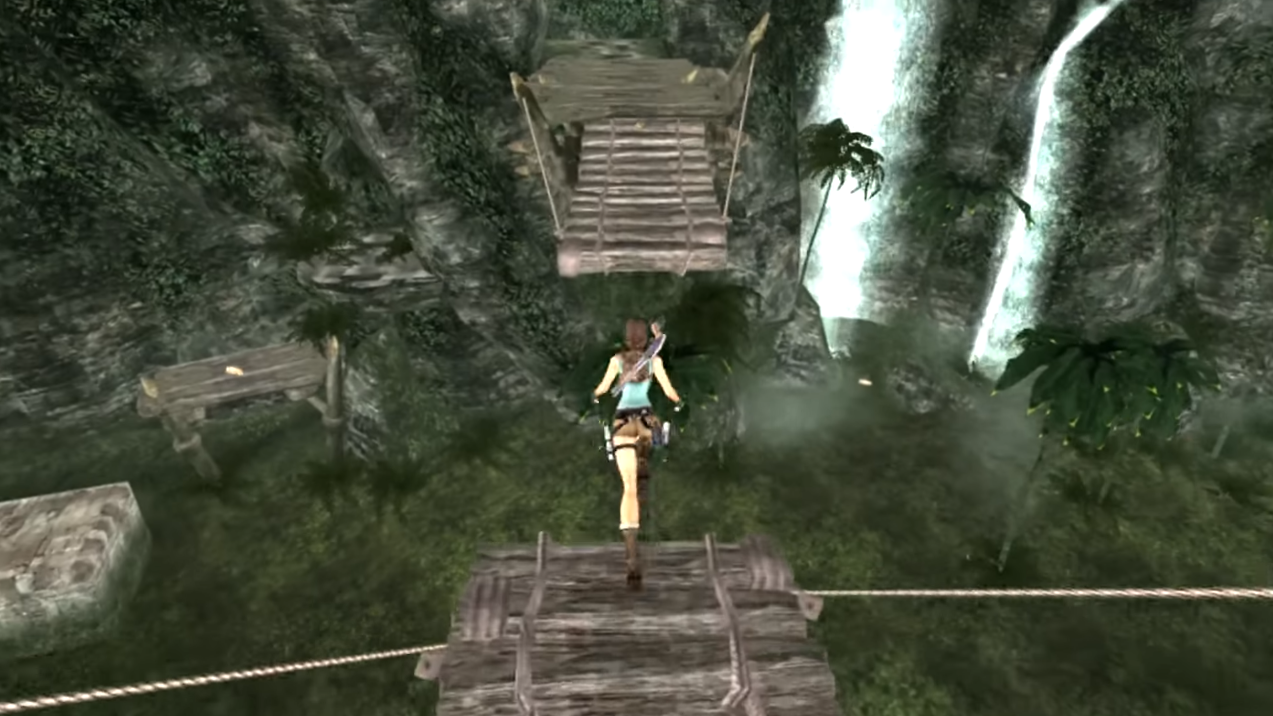
Tomb Raider: Anniversary
Moreover, the simplification of movement control in Tomb Raider was gradual. First, they added stupid automatic movements on the handles (Tomb Raider III), then removed the need to clamp the button to hold on (Tomb Raider: The Angel of Darkness), and finally got rid of the run—up before jumping (Tomb Raider: Legend).
The mechanics of the movement look even worse if compared with the fighting game, which has evolved a lot over the same time. From hysterical shooting at bats — to murders in stealth mode, headshots, searching for shelter, creating arrows, making and throwing bombs, destroying houses and various types of weapons.
That is, the battles in Tomb Raider, unlike the movement mechanics, are dynamic and exciting. We have to choose our own strategy for each enemy. It requires quick reaction and the ability to memorize complex combinations — but how much happiness when you successfully get rid of a bunch of enemies.
But at the same time, the control of the character’s movements is brought almost to automatism. Jump on the illuminated beam. Hold the stick to move in the right direction. Press the jump button. Hold the stick. It was possible to come up with something more interesting, no?
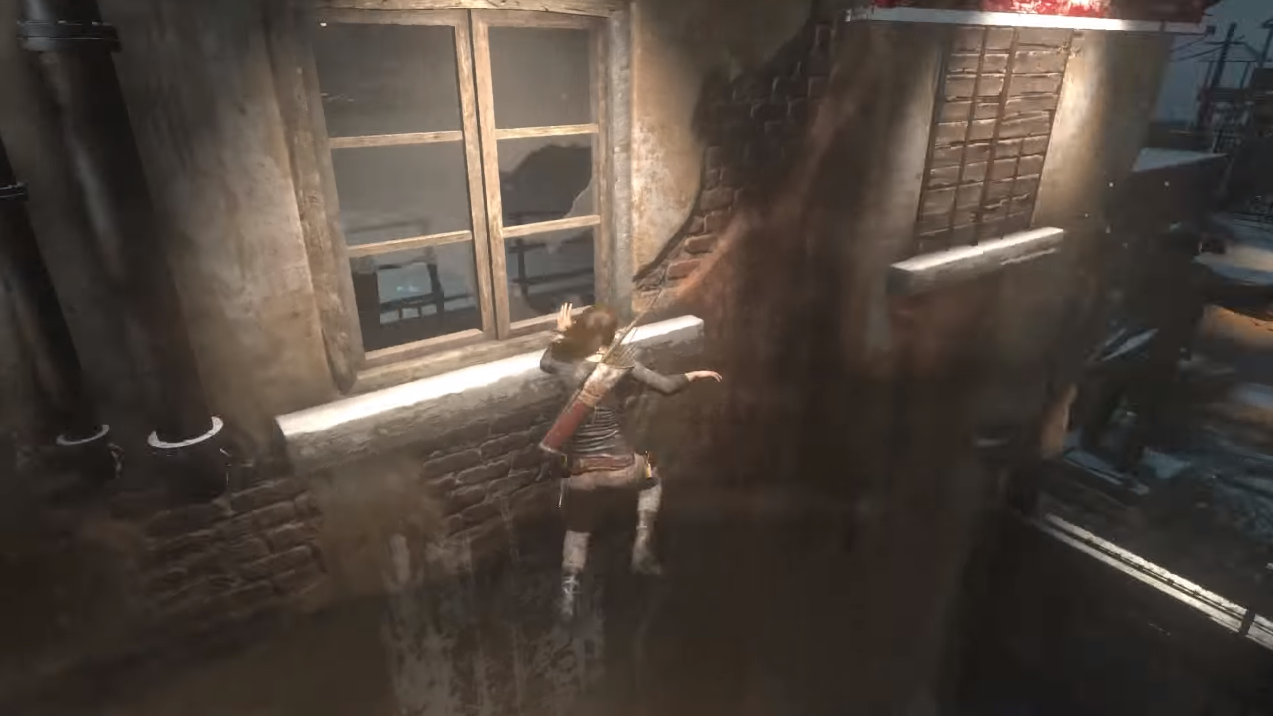
Tomb Raider (2013)
Fortunately, you can. As some slightly less well-known games prove, the movement is no less intense and exciting than, for example, killing an enemy.
Perhaps the most obvious example is the first-person parkour simulator Mirror’s Edge.
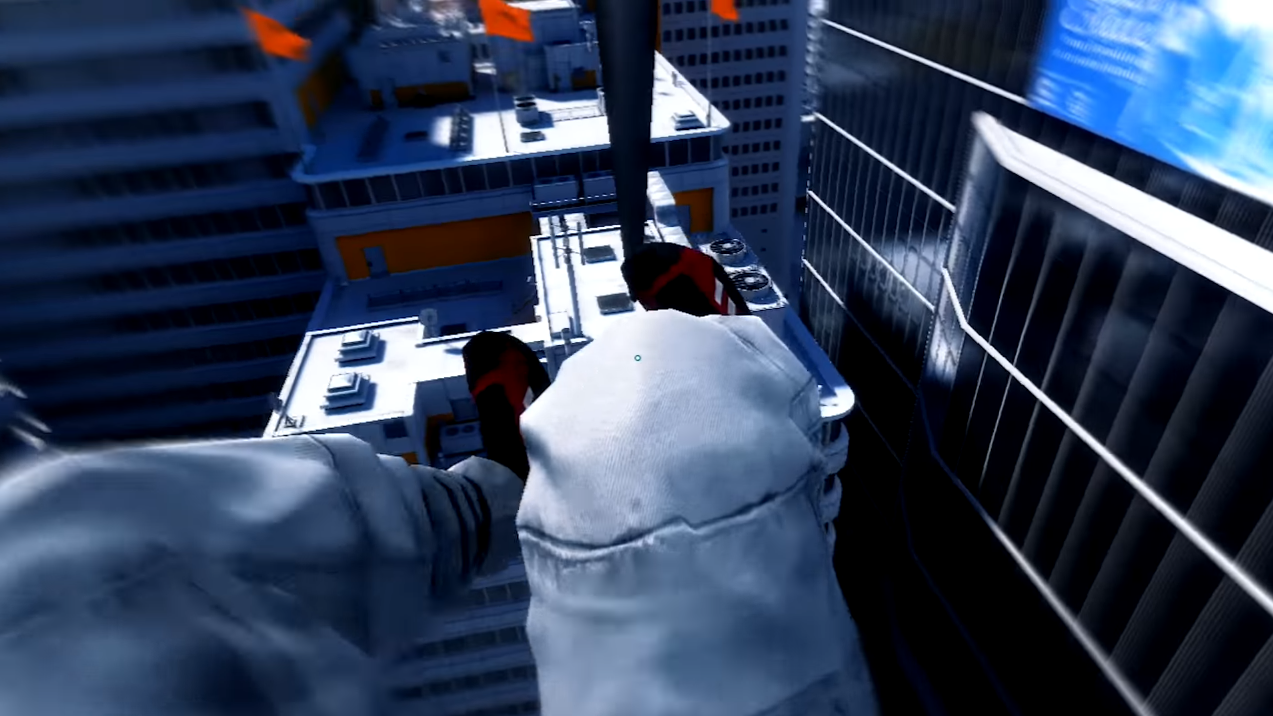
Mirror’s Edge (2008)
The game is entirely dedicated to movement — and the player has full control over how Faith, the main protagonist of the game, moves. She knows how to accelerate to jump as far as possible. She can bend in a jump to jump over a high fence, and somersault after landing so as not to hit. A huge repertoire of movements allows you to overcome obstacles in a variety of ways. For example, at the beginning of the game, you can stupidly climb the stairs, or you can push off from the wall, climb up the beam and climb up the railing, so as to end up in the same place in much less time.
In the Assassin’s Creed series, the movements are mostly automated. In the most recent game, Syndicate, you don’t even have to climb up the building: Evie Fry obviously clipped Batman from Arkham City’s cat hook.
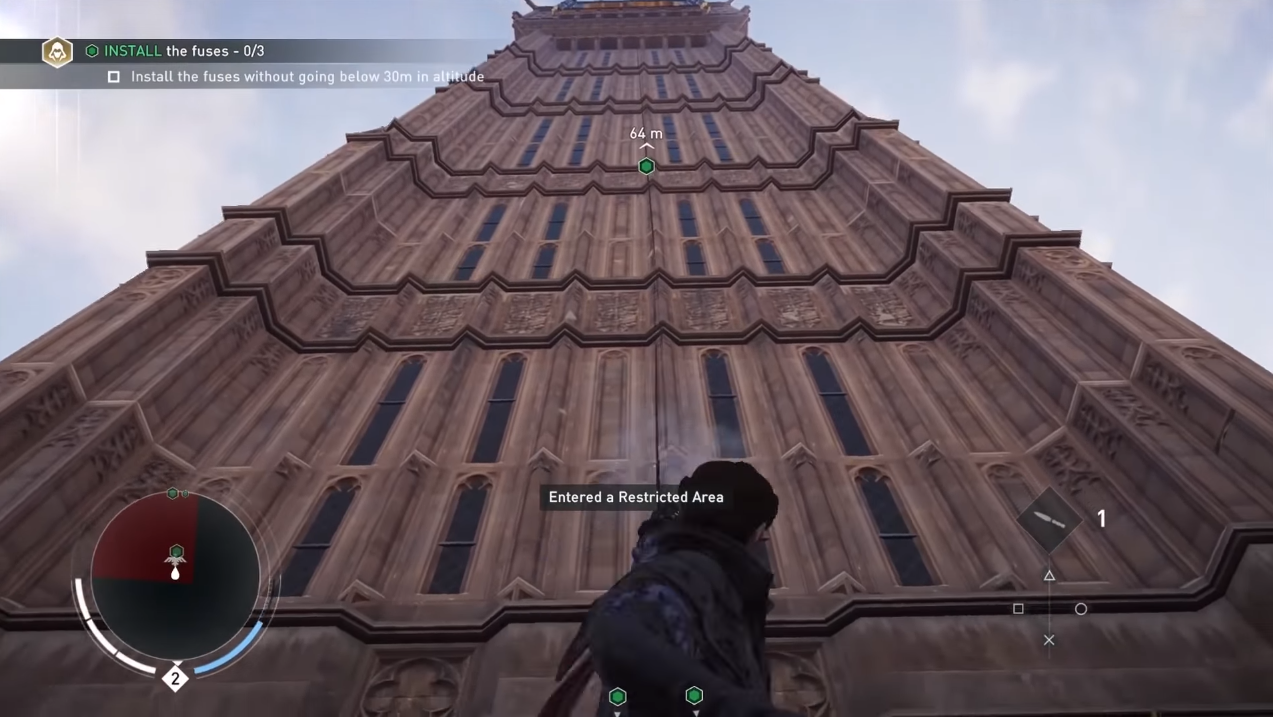
Assassin’s Creed Syndicate
But the capture mechanics in Assassin’s Creed 2 are worthy of mention. When Ezio jumps from roof to roof, he can stretch out his arm in a jump and grab the nearest ledge or rope. So he can avoid an unpleasant fall or gain access to an alternative route. Experienced players use this technique to make it easier to explore the city roofs.
In an experimental Ubisoft game called Grow Home, there is an excellent lifting mechanic: with the help of two sticks, you grab the wall with two hands of a robot character. To climb large plants, you need to act carefully and rhythmically.
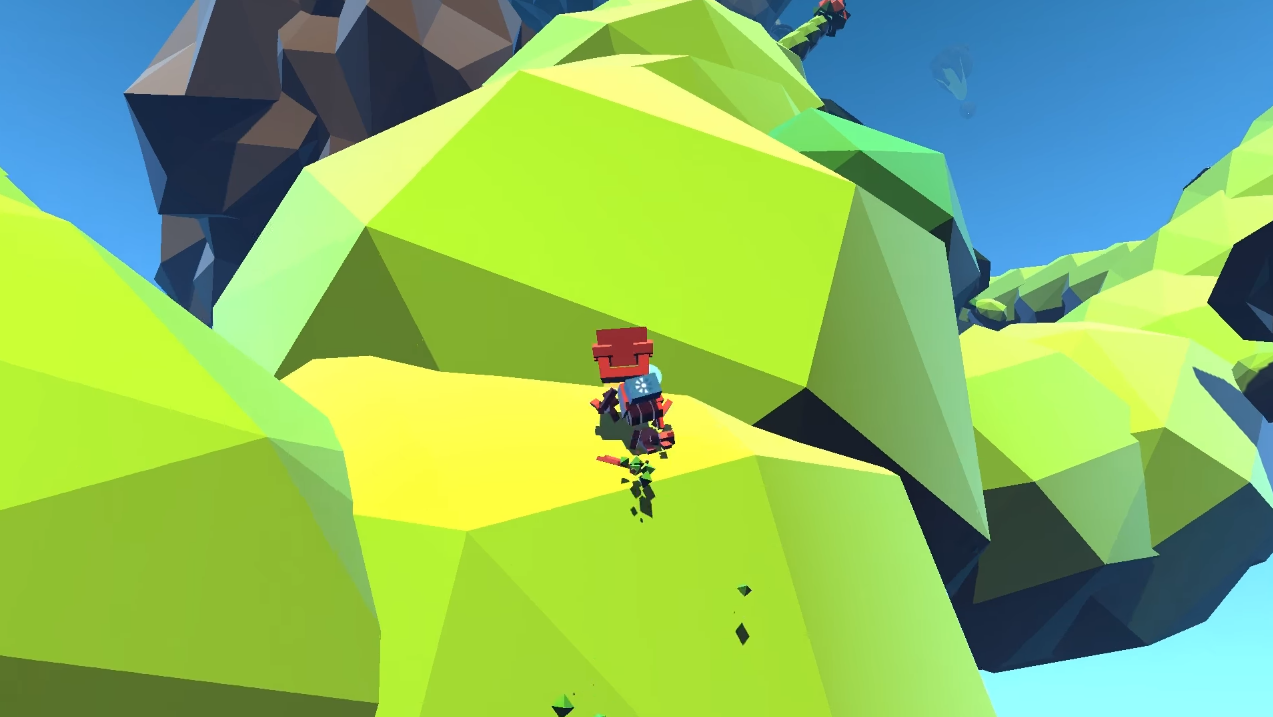
Grow Home
The higher you climb, the more difficult it is to balance on thin branches — and in the end you get pretty nervous. Compare it to climbing a high tower in Tomb Raider (2013), which you heroically overcome… just by holding a stick. Lara may look scared. But it won’t scare you, believe me.
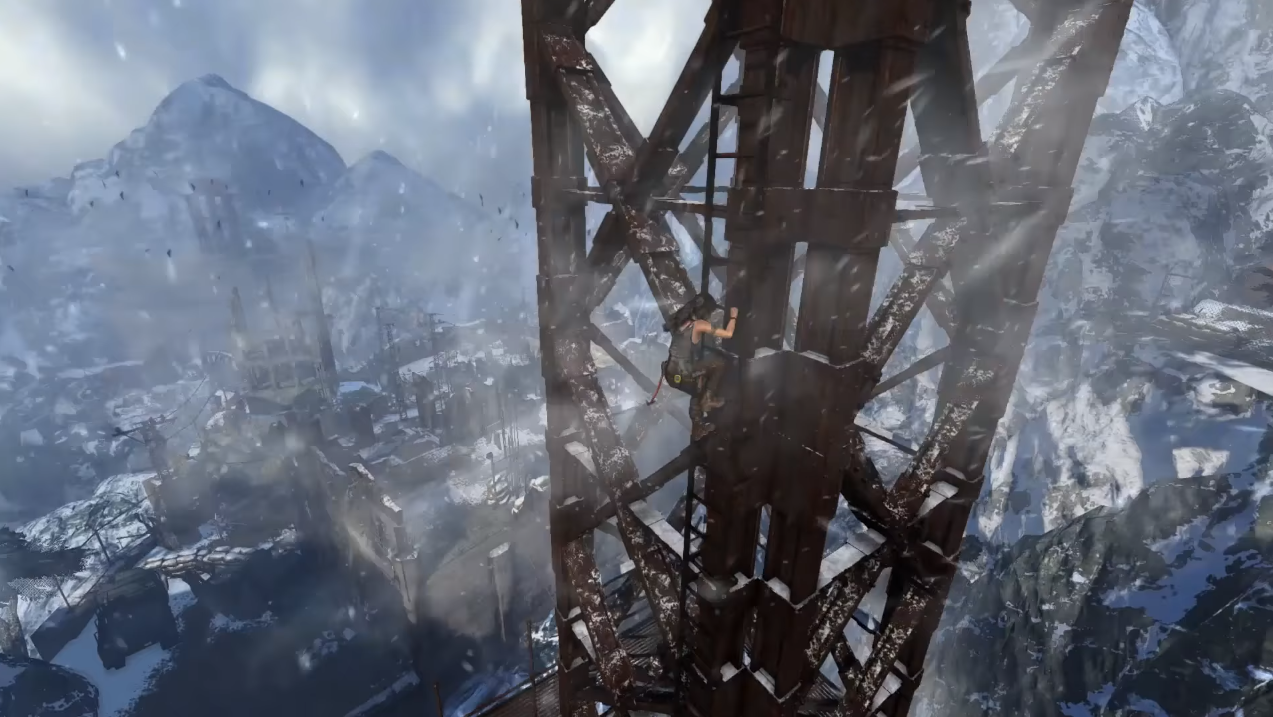
Tomb Raider (2013)
The mechanics of Grow Home are catchy. Why? One of the reasons is that every movement of the hero of the game, B.U.D., is controlled by the player, and is not taken from a set of ready—made animations.
The crazy flash game GIRP is based on the same technique. In the game you need to move around, increasing inertia. And to do this, a red-haired climber without a shirt has to stretch with all his might from one ledge to another and bend in all directions.
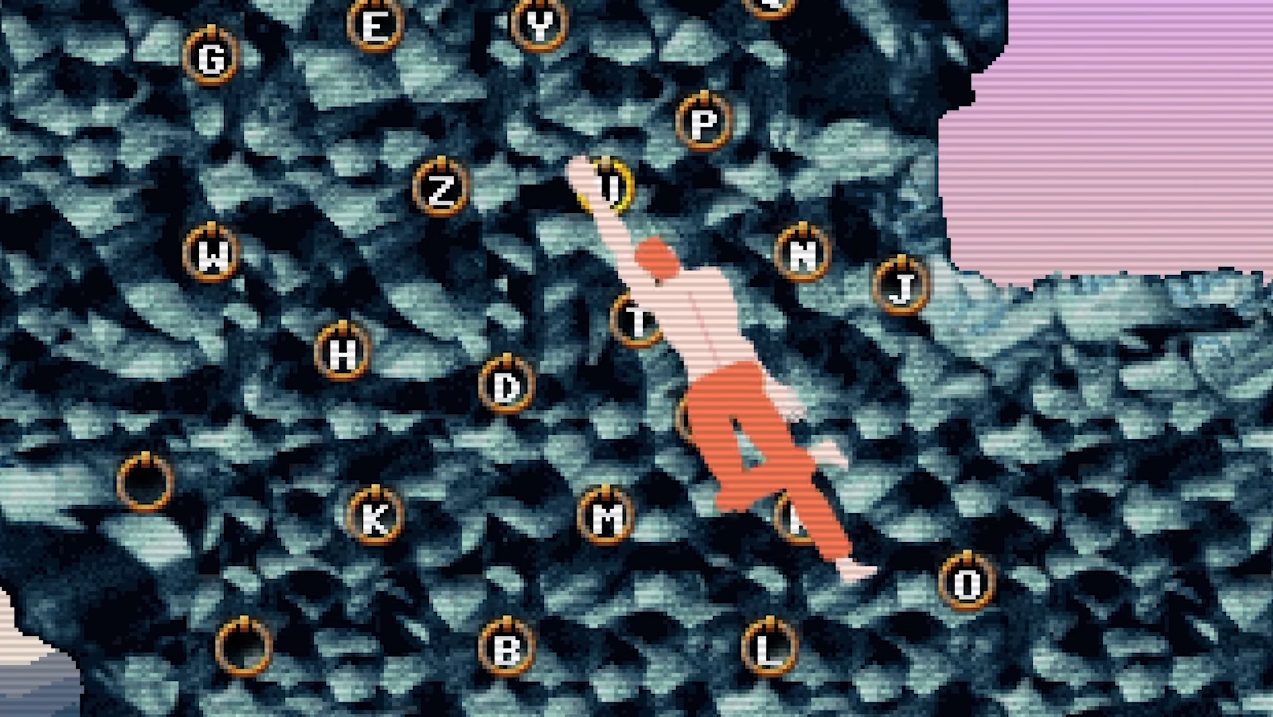
GIRP
The game is also very decorated with a crazy control system — to climb, you pinch different letters on the keyboard. Developer Bennet Foddy told Wired that he specifically made the player “grab the keyboard the same way a character clings to a rock,” and noted that his games create “a kind of neurological magic, from which it seems to you that you are a character, and not just controlling a little man.” on the screen.”
If you want to delve into the topic, then here is an absolutely brilliant and absolutely exhausting climbing simulator for Wii called Rock N’ Roll Climber. To move up the cliff, you need to clamp and release different buttons on the controller in it, and then really “pull up”. And as soon as you get there, you start playing an invisible guitar with delight. Where without it.
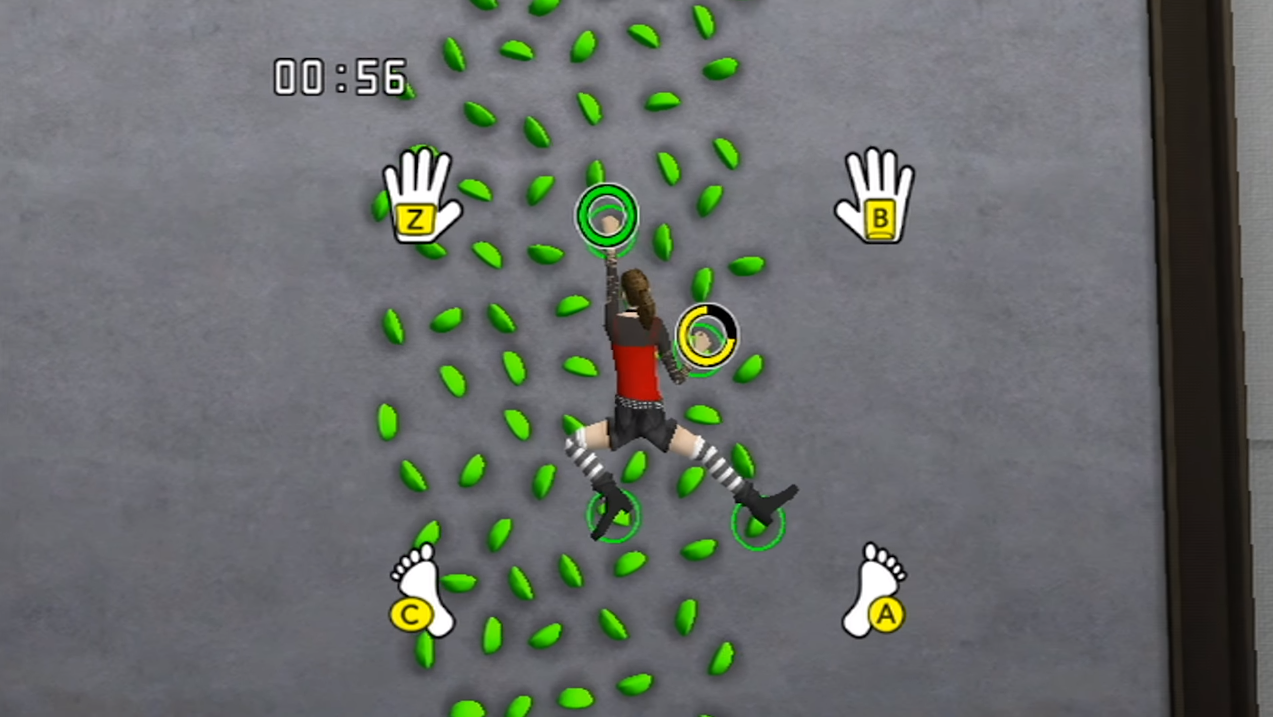
Rock N’ Roll Climber
And if there is no desire to literally bring the idea of climbing to life, then perhaps you should pay attention to another game from Ubisoft, which is called I Am Alive. In it, the character has a measure of endurance, which is depleted while climbing up. You spend more if you jump during the climb, and if you use up everything without a trace, then you enter the “last forces” mode, after which the measure of endurance is restored for a long time.
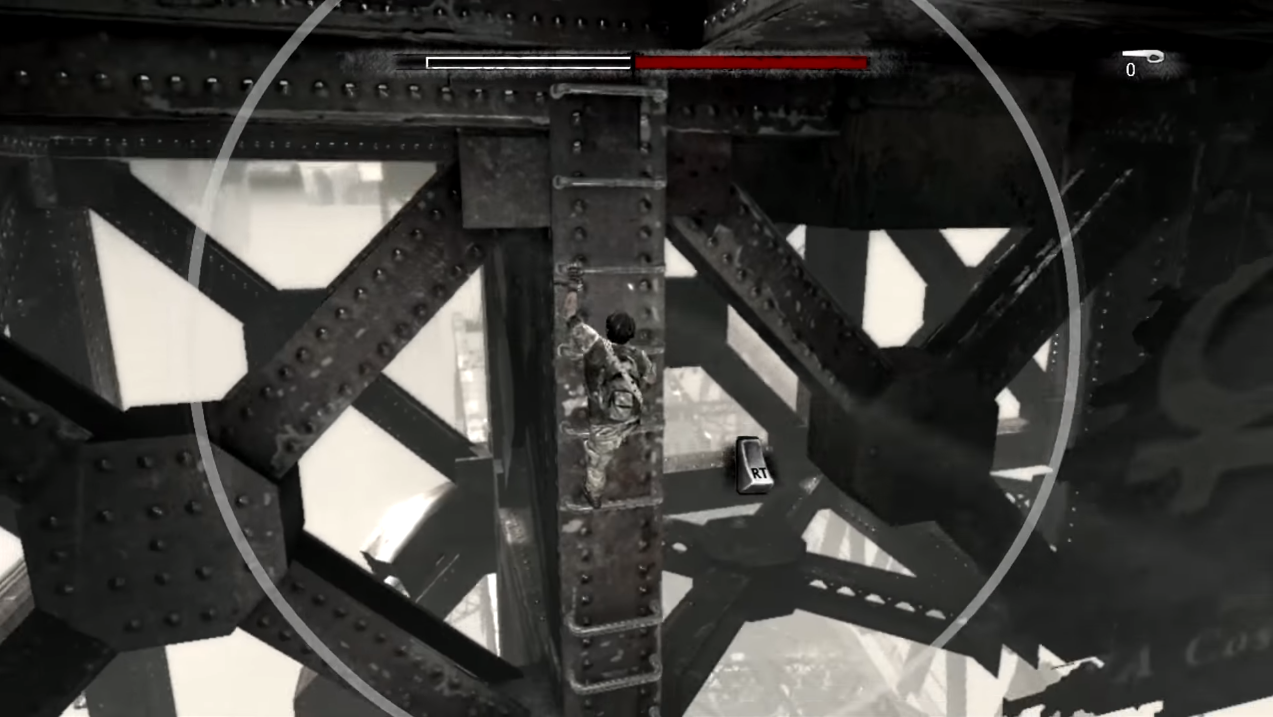
I Am Alive
This detail, just like the grip strength indicator in Shadow of the Colossus, makes you think about every climb up.
All these games prove by example that even a simple climb up can be difficult and full of nuances. They force the player to look for the right moment, take into account inertia and the force of capture — and thereby prove that the movement of a character can be as deep a mechanic as a fight. In addition, they allow you to choose. There is usually only one way to pass through the room in Rise of the Tomb Raider — in a linear and predetermined way. And these games offer you to choose whether you want to go on a slow and simple route or a fast and dangerous one. They give you a sense of satisfaction when you have coped with a complex combination of movements and perfectly adjusted button presses, which a complex route requires.
Many of these games use controls to make the player feel closer to what is happening on the screen. And real-time animation is needed to convey the dynamics and sensations of climbing up the wall.
So if Lara Croft is ready to exchange the complex mechanics of lifting for a fight, that’s her business. Do whatever you want, Lara. I’ll find something to do in the tombs. But just imagine a Tomb Raider with Mirror’s Edge physics, with a measure of endurance from I Am Alive and with separate control of each hand from Grow Home. And just try to say that the heart did not beat a little faster.
Source: Game Maker’s Toolkit
Translated by Irina Smirnova
